GERTRUDE Jekyll (1843-1932) was always emphatic about her name. “My name is Jekyll, rhyming with treacle”.
Jekyll designed more than 400 gardens in the US, France and Britain and wrote more than 1000 articles for “Country Life” magazine.
It has been said that Jekyll “changed the face of England more than any, save the Creator himself, and perhaps Capability Brown”.
Jekyll worked closely for more than 40 years with the well-known architect Sir Edwin Lutyens, who besides residential homes, designed the London Cenotaph and the city of New Delhi.
One article after she died mused “Is there life after Gertrude Jekyll?”
And that same question could be applied to a plant that is used extensively in gardens: “Is there life after box hedging?”
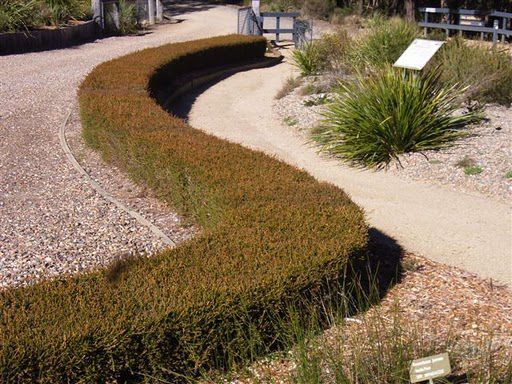
I see box hedging promoted in garden books and garden centres ad nauseam. It has its place, but there are many plants that have advantages over Buxus sempervirens or box plant. It is generally referred to as “English Box”, whereas it is a Mediterranean plant taken to Britain by the Romans and much used in the formal gardens of their villas.
So let us think laterally at alternatives to box hedging.
Most of the following have the added advantage of flowers over box hedging. One plant that makes an ideal low hedge is the dwarf lavender Lavendula angustifolia “Munstead”. This was first grown at “Munstead Wood”, the home of Gertrude Jekyll in Surrey, in the UK.
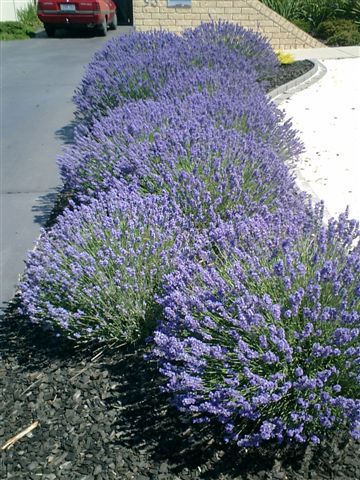
If you want to harvest the flowers for potpourri it is important to do this immediately after the flowers open in spring. This is when the fragrant oils are at their height. To enjoy the flowers over an extended period, I suggest you plant two groups of lavender, one for cutting/drying and one for enjoying the flowers. Hebe Pretty ‘n’ Pink makes a colourful hedge growing to just 30cm-40cm tall or, for a higher variety with a wonderful romantic name, Hebe “Annie’s Winter Wonder” to 75cm high. Always popular is Escallonia “Pink Pixie”. There is some confusion between this and E. “Hedge with an Edge”, which is almost identical, both these grow to about 50cm.
Erica x darleyensis pink (cross of E. mediterranea and erica carnea) is, as the name suggests, a hardy winter flowering plant from southern France and Spain. An Aussie plant, Baeckea imbricata, growing to 60cm with white flowers, is shown here growing at the Eurobodalla Regional Botanic Gardens at the bay. This demonstrates that indigenous plants can be pruned into formal hedges just as effectively as exotic plants.
Other plants for consideration, even though they are non-flowering, include Euonymous “Silver Pillar” with tiny variegated leaves and Euonymous “Tom Thumb” with dark green foliage. All the above plants make ideal dwarf hedges bordering paths or simply planted in groups in the general garden. Yes, there is indeed “life after box hedging”.
CONGRATULATIONS to Bink Cement Products and Pavers, which has been awarded the Master Builder’s Association Supplier of the Year 2011 Award. Binks is celebrating its 50th year in business in Canberra. Incidentally, I have been trading with the Bink family for 43 of those 50 years.
[box]
Getting going on those hedges:
-
FOR any hedge, large or small, always dig a trench rather than individual holes. The roots spread sideways at a faster rate rather than fighting their way out of each round hole.
-
Water in immediately after planting with the addition of a plant nutrient for the young babies Maxicrop Seaweed Plant Nutrient is ideal for this purpose, specifically promoting root growth.
-
The ideal time to prune all of the above is early autumn, at the latest before Easter.
-
Check out second-hand bookshops for “Gardens of a Golden Afternoon” by Jane Brown, the story of the partnership of Lutyens and Jekyll, or check availability on-line. It’s a book all gardeners would enjoy.
[/box]
Who can be trusted?
In a world of spin and confusion, there’s never been a more important time to support independent journalism in Canberra.
If you trust our work online and want to enforce the power of independent voices, I invite you to make a small contribution.
Every dollar of support is invested back into our journalism to help keep citynews.com.au strong and free.
Thank you,
Ian Meikle, editor
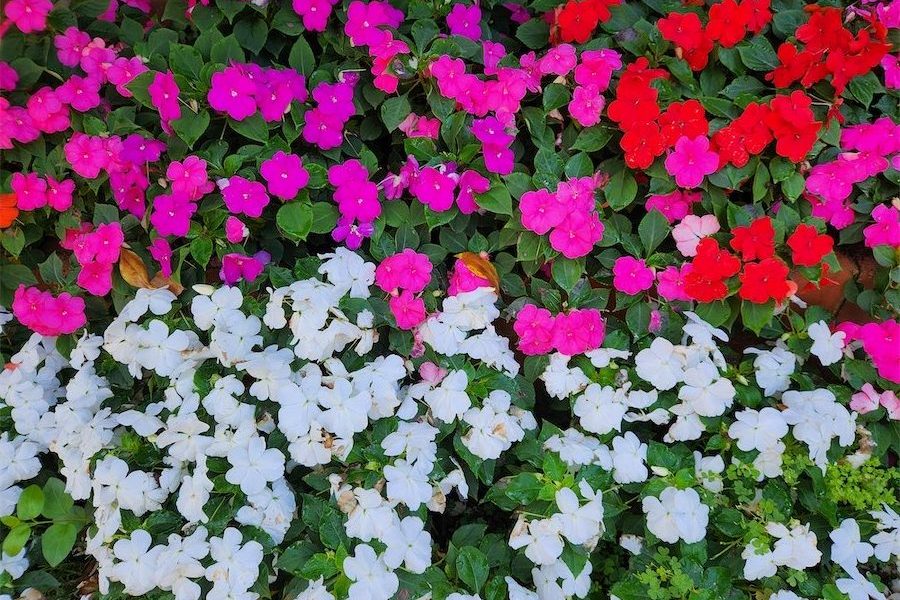
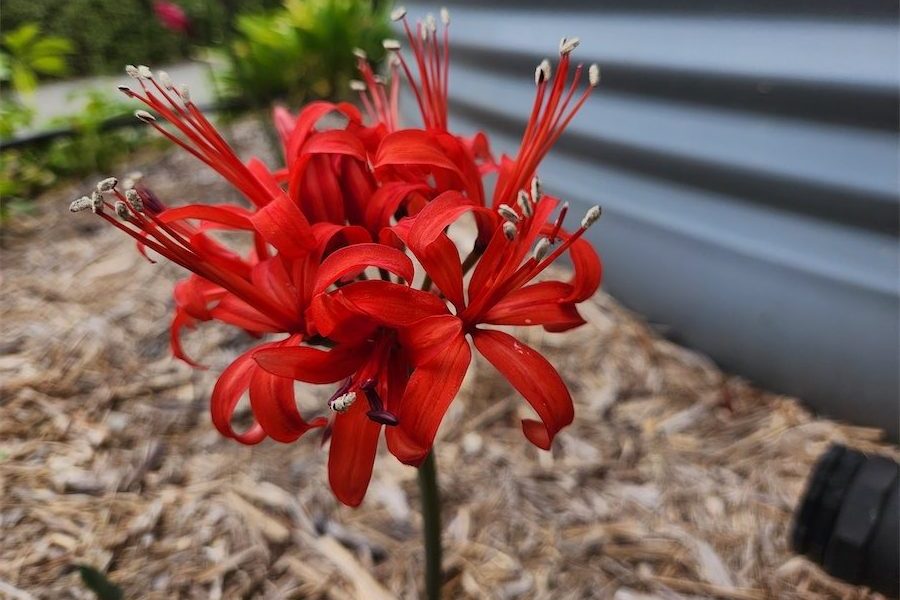
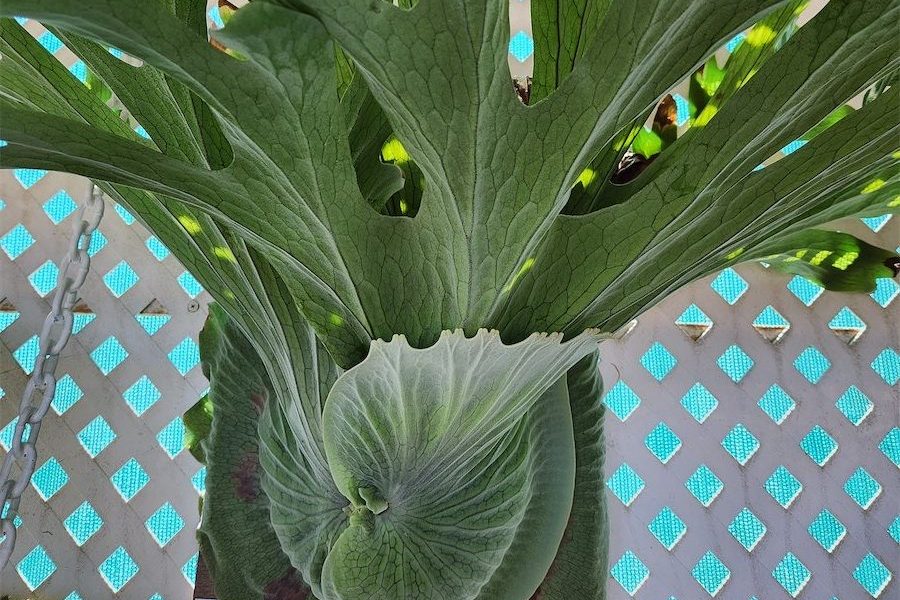

Leave a Reply